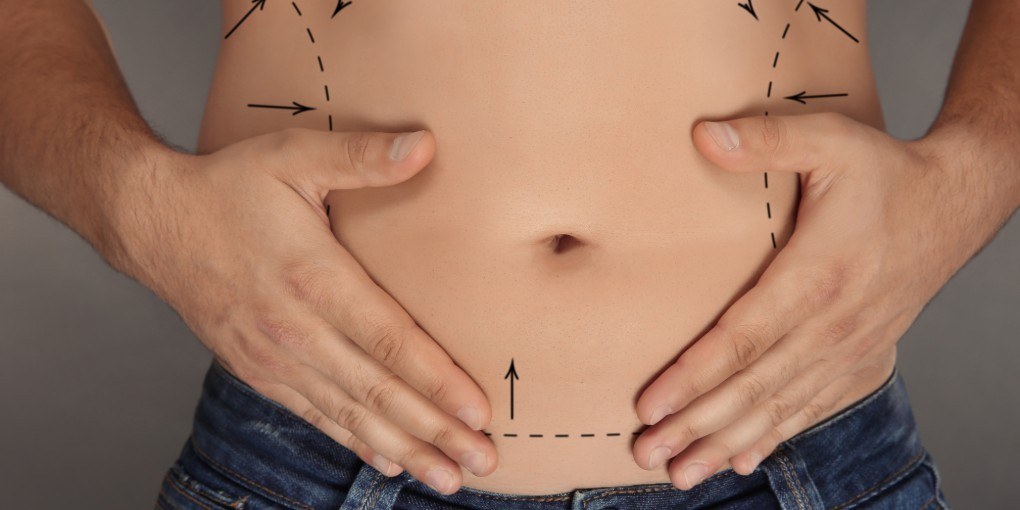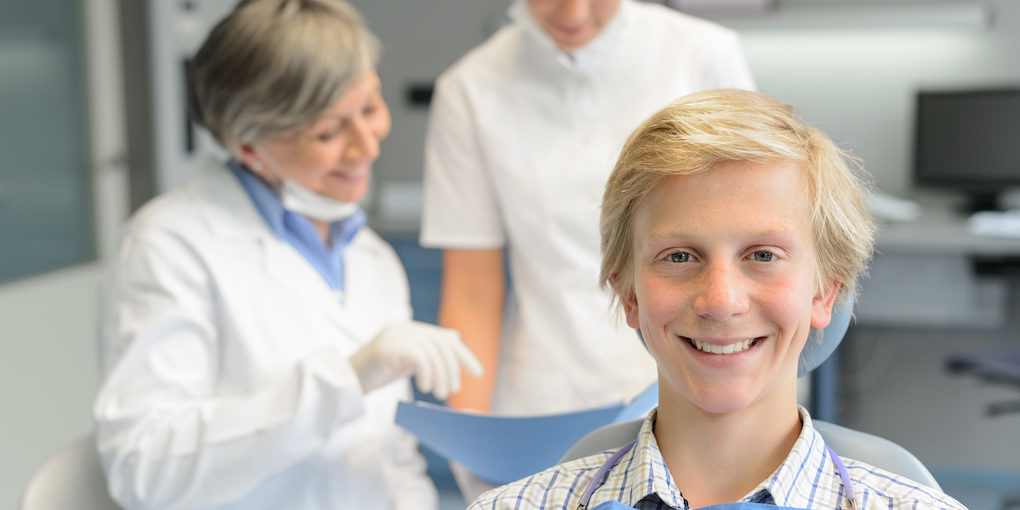Getting Stem Cells from Liposuction Fat
If you are scheduled for a liposuction procedure or considering it, then this is one of the most important things you’ll want to know. Or if you are looking for information on storing stem cells from your fat tissue – this article is for you as well.
Your adipose (fat) tissue contains an abundance of stem cells. These stem cells from liposuction fat are known as mesenchymal stem cells (MSCs) and have the ability to differentiate into bone, muscle, fat, nerve, and cartilage.
In addition to their ability to differentiate into other cell types, these super soldiers of health
Mesenchymal stem cells are capable of performing three important functions with unique abilities:
- Their potential to transform into other cell types.
- They can travel to the damaged tissue.
- And their capability to attach themselves to the damaged tissue and recruit other healthy cells to the area to promote healing.
Adipose (fat-derived) stem cells have the potential to treat a variety of different diseases and conditions that range from breast soft tissue reconstruction after tumor surgery to treatment of brain injuries, stroke, heart failure and more. Stem Cell treatments can be used to treat some of today’s most common conditions including, neurological, autoimmune, orthopedic and degenerative issues. The cells work inside damaged tissue to reduce inflammation, alert the body and stimulate healing processes to improve your quality of life.
But…It’s Not All About Treating Conditions
It’s no longer about only treating conditions; it’s about preventing terrible diseases and conditions altogether. The most amazing work with stem cells right now is utilizing them for preventative medicine and improving overall health and wellness. For those that store their own cells, these new cellular therapies and regenerative medicine advancements can pave the way to a future of health independence.
By storing your stem cells now, you preserve the opportunity to use your younger cells as your body ages. These younger cells can be used for future health issues, regenerative medicine and/or for annual wellness boosters.
Adipose Tissue from Liposuction
Adipose tissue-derived stem cells from your own body (referred to as autologous) are easy to obtain during a simple and localized liposuction process using local anesthesia and with minimal patient discomfort.
A single sample of adipose tissue can yield more than 200 million stem cells of which 95% are mesenchymal stem cells. These autologous cells appear to be the most important tools for natural self-repair.
The cells collected should be cryogenically frozen in time and stored in an FDA compliant facility, so they don’t age and remain viable for decades of potential uses. *Use of your own stems cells and treatments are subject to FDA approval.
We’re always at the forefront of stem cell research, processing, and cryopreservation. In addition to our well-known Dental Stem Cell Banking program for children and young adults, we are also advocates of stem cell banking for adults. If you’re interested in a free consultation with a Stem Cell Specialist, please contact us at https://www.oothy.com/talk
Adipose Tissue Banking Process
Specialized cryogenic tubes are used during a controlled-rate freezing process to prepare the cells for long-term storage. This technique is essential for maintaining the viability of the adipose stem cells and for achieving the subsequent and necessary sustained cryogenic temperature. Once the cells are brought to the optimum temperature, and placed in a cryogenic storage box, they then go into the cryogenic storage tanks.
Once the stem cells are properly and safely stored, you have control over their use and disposal. Stem cells cannot be released without your consent.
Based on current research, stem cells can be stored successfully for 30 years in cryopreservation storage. Although not enough years have passed to assert the maximum length of time viable stem cells can be stored with certainty, bone marrow-derived stem cells, another similar source of cells, has been successfully stored for over 50 years and has remained viable throughout that time.
Kickstart Your Future Health
You have the power to harness your body’s own healing potential by using your stem cells to improve your health and wellbeing. Stem Cell Therapy is the future of medicine. Help your body restore itself by harnessing your stem cells.
To learn more about banking stem cells and to determine which service is right for you, please schedule a complimentary call with an OOTHY stem cell specialist here.
Cost of Banking Stem Cells from Teeth
By now you may have heard about stem cells and that teeth are a great source of mesenchymal stem cells. You may have even heard of dental stem cell banking and families finding it helpful to store their own child’s stem cells non-invasively when their child loses a tooth or has wisdom teeth extracted. It’s hard to argue against the benefits of storing stem cells from deciduous teeth (or baby teeth) as they are coming out anyway. So, why not store them for your child’s
Well, the biggest question is, what is the cost of banking stem cells from teeth? To answer that question, let’s first discuss the possibilities of dental stem cells and how a child can use them in their lifetime.
Dental Stem Cell Research
With all the emerging potential in tissue engineering using stem cells, a child’s loose baby tooth can provide vital mesenchymal stem cells that can be used in the future for cellular-therapies. These stem cells have shown incredible promise in the potential treatment of Parkinson’s and Alzheimer’s disease, Type I diabetes, heart attack, stroke, Multiple Sclerosis, ALS, spinal injury and several others.
In the past, lost or extracted teeth have been viewed as medical waste and discarded, resulting in the loss of this potential life-saving resource. In the near future, stem cells from dental pulp may provide an effective treatment option for these debilitating disorders.
The stem cells from dental pulp may be one of the most promising cell-therapies in the future. Those who preserve dental stem cells do so, to feel at ease, knowing that those cells may have future uses that are extremely valuable.
But It’s Not All About Treating Conditions
It seems that the use of stem cells will be used to optimize wellness and prevent the onset of major health issues altogether. The most amazing work with stem cells right now is utilizing them for preventative medicine and improving overall health, wellness, and quality of life.
It’s no longer about treating conditions. It’s about preventing terrible diseases and conditions altogether. For those that store their own cells, these new cellular therapies and regenerative medicine advancements can pave the way to a future of health independence.
So, What Does it Cost?
Most parents realize the investment in tooth banking is a long-term approach. Also, unlike stem cells from cord blood banking (umbilical cord blood), the mesenchymal stem cells in teeth can be expanded and used for a lifetime. Therefore, purchasing a short-term storage plan option would be more expensive and defeat the purpose of investing in the first place.
Long term stem cell storage plans (typically 20 years) allow parents to have their child’s stem cells on hand as an insurance policy, and their own biological pharmacy “on demand” for regenerative and longevity benefits.
The investment in stem cell banking typically includes a tooth collection kit, tissue processing and confirming validity and sterility for future use. The actual investment for a 20-year storage plan can range greatly — from $2,000 – $5,000.
This broad range is based on the lab’s services, location, and the technology they are using.
What’s the Difference?
Most dental pulp labs perform a “Whole Tissue” validation process that confirms dental pulp is present in the tooth. At this time, this is the most common and widely adopted technology and process. However, there are more in-depth lab processes available. This technology involves isolating and culturing the cells found in the tooth’s dental pulp (before they are frozen in liquid nitrogen) to ensure there is a sufficient number of stem cells in the sample. This option is also a good choice if you’re considering using state of the art cellular therapies in the near future.
Still Affordable for Most Families
The great news is most companies offer interest-free payment plans, as well as multi-teeth and multi-child discounts — making this amazing opportunity to store YOUTH affordable for most families.
To learn more about the cost of banking stem cells from teeth and to determine which service and storage plan is right for you, please schedule a call with an OOTHY stem cell specialist here.
Are Stem Cells in Wisdom Teeth our Last Shot at Storing Youth?
If you or your loved ones are having your wisdom teeth removed, don’t make the mistake of throwing these valuable teeth in the garbage! As their name already implies, it would be a better and wiser decision to bank the stem cells in wisdom teeth.
The dental pulp from wisdom teeth contains an excellent source of dental stem cells. Wisdom tooth extractions are usually performed between the ages 17-25 by a dental professional. Because these teeth are being removed anyway, it makes for the perfect opportunity to store stem cells from these extracted teeth.
Stem Cells: The Younger the Better
When it comes to banking stem cells “the younger the better” so wisdom teeth are considered the last chance for capturing our youth. It may seem like there wouldn’t be very many stem cells in something as small as teeth but modern science can expand these cells in the lab over and over for a lifetime of uses. Whether it be a life-threatening accident, preventative/ anti-aging treatments or a bad knee that would benefit from stem cells instead of surgery.
The cells harvested from early-aged teeth are at their optimum because they are young, vibrant, healthy, and full of functionality. Storing stem cells from wisdom teeth secures these younger cells vs. storing older less potent stem cells or having to embark on extracting stem cells from invasive bone marrow procedures or settling for less researched or harvesting other types of stem cells from skin cells or blood.
Teeth are a Rich Source of Stem Cells
Dental pulp is a rich source of stem cells — this soft living tissue contains mesenchymal stem cells (MSCs) which are multipotent and can differentiate into a broad range of different cell types, giving them a wider range of potential applications than most other cell types. Unlike banking stem cells from cord blood, the mesenchymal stem cells in teeth can be expanded and used for a lifetime.
Other sources of stem cells from birth tissue (cord blood, tissue, and placenta) are already being used in the treatment of childhood diseases such as leukemia, sickle cell anemia, and lymphoma, to help replenish the patient’s blood supply with healthy new cells. Dental Stem Cells may have the potential to be transformed into other cells including cardiac, muscle, bone, cartilage, nerve, and fat tissue. The stem cells from birth tissue and teeth are not to be confused with embryonic stem cells (also known as pluripotent stem cells from unborn babies.)
Stem Cells Offer a Lifetime of Health Options
Storing young stem cells now provides the opportunity to be accessed in the future to take advantage of numerous age-related therapies in development.
Plus, your own stem cells are the best source of stem cells. They’re unique to you and highly valuable because at some point soon people will be using stem cell therapy as regenerative medicine to combat many health conditions — even aging itself.
The other BONUS about storing stem cells from wisdom teeth is that most of the time more than one tooth is removed so the stem cells can be collected, processed and stored for the same price.
The Last Chance to Bank Youth
So, if you missed the opportunity to store stem cells from birth tissue (cord blood, cord tissue, and the placenta) then take advantage of this amazing opportunity to store dental stem cells from wisdom teeth.
Stem cells harvested from wisdom teeth are capable of amazing things. These ‘master cells’ are the basis for creating (and repairing) our entire body from head to toe.
For more information or to connect with a dental provider who performs this service, visit www.OOTHY.com



